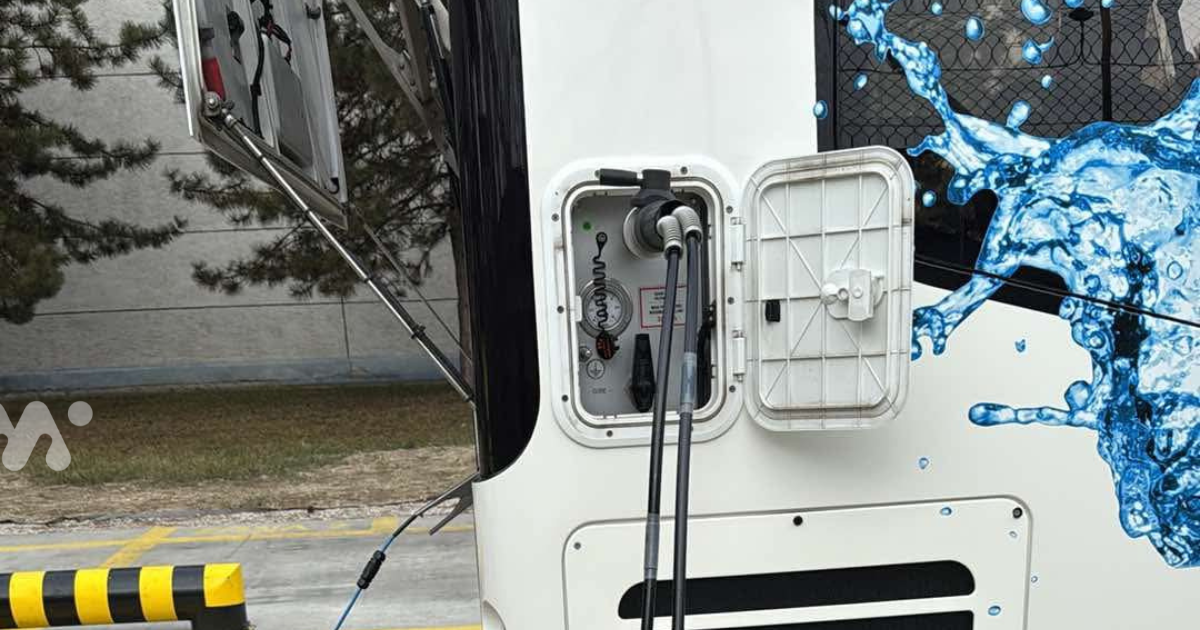Hydrogen refuelling planning for fleet: a practical guide for hauliers and cities

Why the fulfilment plan decides on timely deliveries
One badly timed stop can break the whole delivery. Therefore, the filling schedule does not belong “at the end of the day”, but directly in the timetable. When you match vehicles, available filling stations and journey times from the start, the fleet runs smoothly: with pre-booked filling times, clear agreements with the station operator and a ready-made Plan B in case of change.
350 bar or 700 bar: a choice that changes the schedule
Start by taking stock of the pressure standards in the fleet: which vehicles are at 350 bar and which at 700 bar. Then map the available stations in the region by pressure and relate this to the reality of the journeys (urban routes, long-distance routes, seasonal fluctuations). If you have a mixed fleet, split the vehicles so that they don’t meet at the same peak at the same station. This will reduce wait times and keep the turnarounds accurate. Also expect that the station network changes – so it’s wise to keep your map updated quarterly and adjust your schedule accordingly.
Reserved execution times: certainty for dispatching
Reserved filling times work like “slots” in logistics: fixed times for key vehicles, flexible times for the rest of the fleet. Agree on contact persons, a way to confirm availability and a simple procedure for change. The result? Fewer rush hours and more certainty that vehicles will be back in service on time after being filled.
How to plug it into the timetable
Allow a short time between arrival and departure. Increase the time at peak times and in extreme weather. If you serve more than one region, plan the filling so that vehicles do not travel ’empty’ just because of the station. Every unnecessary trip saved reduces the risk of delays and frees up dispatching hands.
Plan B that works under pressure
Plan B is not supposed to be improvisation. Determine in advance the alternate station, the procedure for moving the reserved time, and the rules for when dispatch changes the order of runs. Prepare short messages for drivers and customers to make service predictable even in a difficult situation. After each incident, keep a short log and adjust the plan for the following weeks.
Traffic data: what to track and how to use it
Track actual arrival and departure times, wait times, booked time usage, and the number of unscheduled dispatch interventions. Once a month, compare the plan with reality: add a few minutes of reserve where it regularly breaks down, move portions of fillings to off-peak hours, and adjust vehicle distribution. Small adjustments make a big impact.
Tasks without ballast: so everyone knows what to do
- ▪️ Carrier: route plan, booked fulfillment times, communication with drivers, and quick rescheduling of trips when changes occur.
- ▪️ Station operator: availability and safe operation of the station, notification of outages and capacity constraints.
- ▪️ MIP: setting up the vehicle compatibility and integration plan (slots, procedures, reports) so that everything fits together.
This avoids shifting responsibilities and reduces downtime.
Questions to ask the station operator
- 🔹 What is the normal daily capacity for fleets and how can we book times?
- 🔹 What pressures and interfaces do each rack support?
- 🔹 How will we be informed about changes, downtime and temporary unavailability?
- 🔹 Who is the contact person for routine cases and who is the contact person for urgent cases?
- 🔹 What is the minimum training drivers need in terms of interaction with the station?
- 🔹 What operational data can we safely share to improve the plan?
A short practical example: less waiting without a new station
We divided the fleet into “fixed” and “flexible” fill times. We shifted two vehicles to a later window and added a ten-minute buffer at peak times. We established a simple incident log. After four weeks, average downtime dropped and dispatch intervened less frequently. No big investment – just better coordination.
What to avoid
- ➡️ Don’t just plan by station maps without real data.
- ➡️ Don’t create one mode for the whole fleet – different routes need different fill times.
- ➡️ Don’t rely on improvisation – Plan B must be agreed in advance.
- ➡️ Don’t delegate responsibilities between teams – the driver, dispatcher and station should have clear roles.
How MIP enters into it
As a system integrator, we will customize the drive to fit your schedule and station options in the region. We can help you schedule booked times, set up agreements with the station operator, simplify dispatching procedures, and implement regular reports. The goal is one: an emissions-free operation that runs smoothly from day one.
Conclusion and next step
The implementation plan is not a detail. It is the insurance of on-time deliveries and calm dispatching. When vehicles, fill stations and schedules are in tune with each other, the ride is calmer and more reliable. If you want to put all the pieces together, get in touch. We’ll prepare a customized drive and integration plan with your station operator – so that emission-free operation makes sense from the first mile.